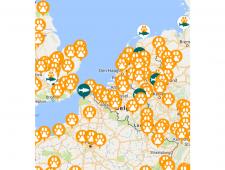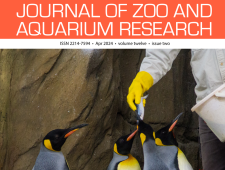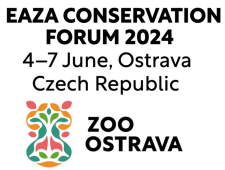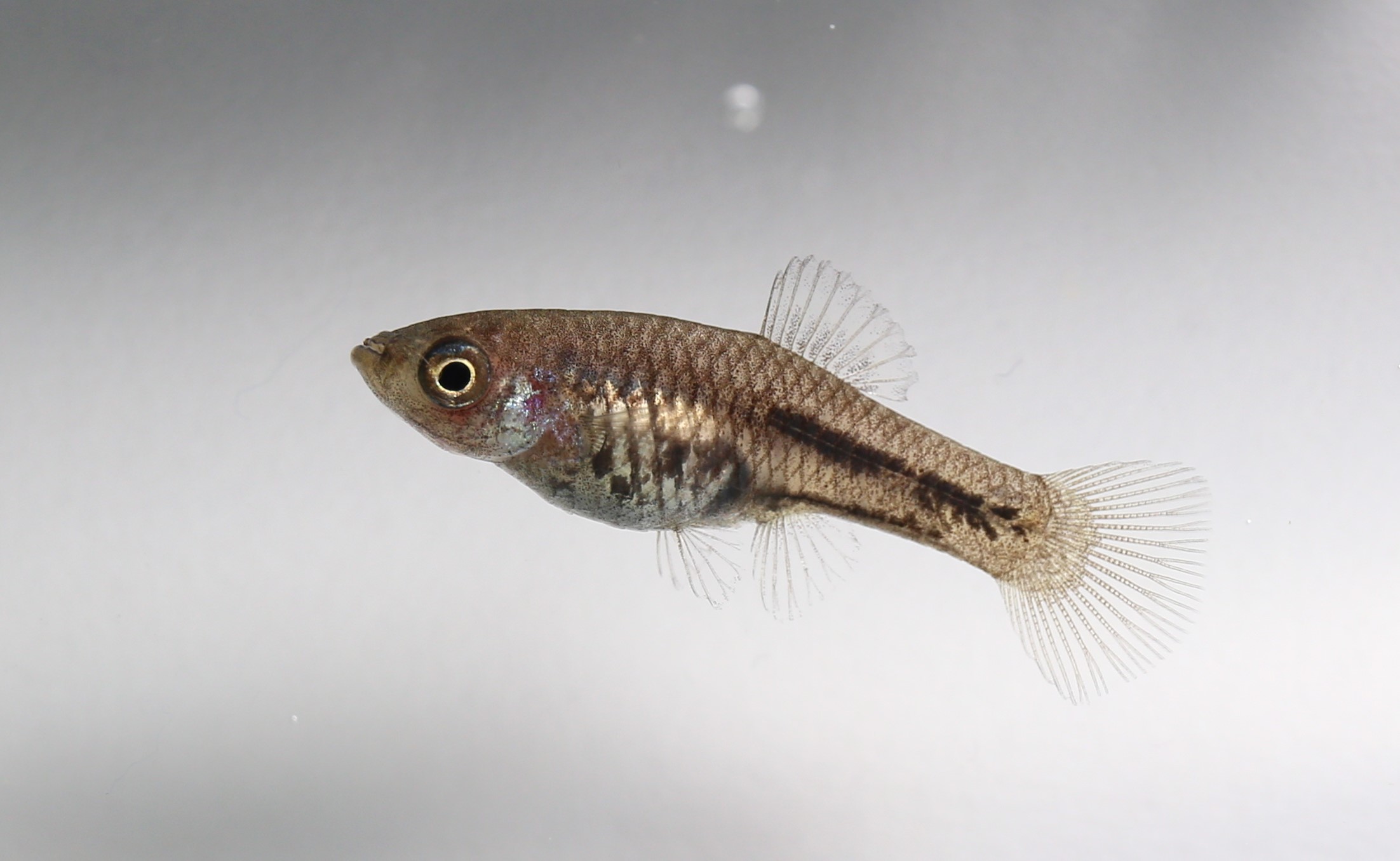Poeciliids
Programme roles
| • Insurance/Ark This direct conservation role contemplates the possibility to maintain long-term ex situ populations to preserve options for the future. The ex situ populations are a potential future source to build up (long-term) populations for reintroductions. This role would be more an Ark role to those species within this family that are already facing extinction. After reintroduction of those populations have taken place, they will still be needed as insurance population to evaluate whether reintroduction has been successful. • Research This role would focus on different types of research such as disease management, population management, reproductive biology. |
Programme numbers
In January 2024, the Poeciliids EEP manages seven species:
- Xiphophorus couchianus (Extinct in the Wild) – 5 institutions
- Xiphophorus meyeri (Extinct in the Wild) – 6 institutions
- Limia islai (Critically Endangered) – 5 institutions
- Limia nigrofasciata (Critically Endangered) – 3 institutions
- Quintana atrizona (Critically Endangered) – 1 institution
- Phallichthys quadripunctatus (Endangered) – 2 institutions
- Xiphophorus andersi (Endangered) – 1 institution
Programme highlights
- The IUCN Species Specialist Group Freshwater Fishes has a new website.
- The Poeciliidae family consists of 29 genera and 273 species. 2 species have been assessed as Extinct in the Wild, 17 as Critically Endangered, 16 as Endangered, 16 as Vulnerable, 10 as Near Threatened, 73 as Least Concern and 64 as Data Deficient. The EEP is now focusing on the first three categories.
- Most of the threatened species belong to the genera Xiphophorus, Poecilia (Limia) and Gambusia and, contrary to popular belief, many of these livebearers are difficult to maintain in the long term with success.
- Zooquaria 119 (Autumn 2023) features an article which calls for institutions to become involved in keeping endangered freshwater fish.






